learn
Responsible AI Use for Kids
Sharp thinking, safer swimming.
Preparing Young Minds for an AI-powered future



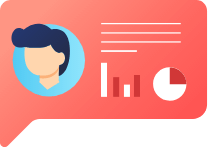
Innovate
Teaching kids to engage responsibly with AI from day one
Children are growing up in a world where AI is everywhere, but using it well isn't automatic. Navigaitor Academy teaches young people how to engage with AI confidently, critically, and responsibly – helping them maintain their intellectual independence while leveraging these powerful tools.
The Building Blocks of Artificial Intelligence
Journey through AI's history and inner workings, discovering how these powerful tools shape our world. We teach students how AI systems work: what they can do, what they can't do, and why. Understanding these fundamentals helps children approach AI as an informed tool user rather than a passive consumer.
Safety
Learn to navigate the digital landscape safely, understanding both personal and societal impacts of AI. From identifying AI-generated content to understanding privacy implications, students develop crucial safety skills for the digital age. Most importantly, students will reflect on the risk of developing emotional or cognitive dependencies on AI agents.
Responsible Use
Learn effective, responsible ways to use AI to supplement your learning, without outsourcing your thinking.

Expand
Navigating Technology with Purpose
Most children in middle school today have never known a world without the iPad. Being this digital-native can make it tough to develop core critical thinking skills – your environment always instantly provides answers and entertainment. The progress towards AGI only heightens the challenge to keep kids safe online, and to teach them to have a healthy relationship with technology.
Our curriculum addresses this directly, teaching children what AI “is” and where it already exists in their worlds. Then, we’ll show them how to use this technology as a supplementary tool – like a ruler or calculator – it doesn’t do the thinking for them!
Modules
Lessons
Certification
Learning to Swim in Digital Waters
During key developmental years when children are learning to think critically, process information, and develop their own voice, easy access to AI can become a shortcut around building these essential skills.
Our curriculum is designed to work with—not against—children's familiar existing relationships with technology.


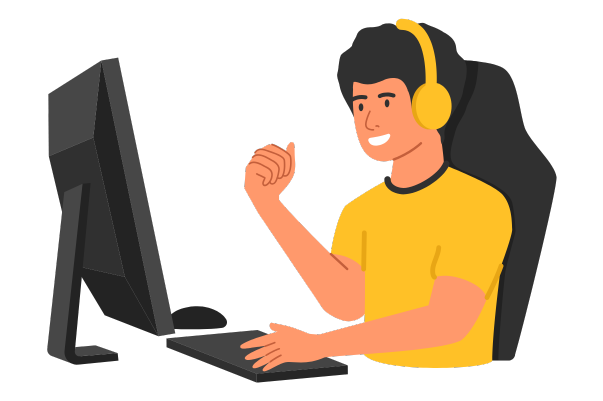
What to Expect
- When “Artificial Intelligence” was coined, and how the term is used generally
- What’s an LLM, and how is this different from the AI that powers GoogleMaps, or DoorDash?
- What kinds of tasks and “thinking” AI can and can’t do
- What’s a paperclip maximizer?
- How to use AI to help you do research, without plagiarizing or outsourcing your thinking
- …And way more!
Course Highlights
Our interactive modules speak directly to young minds. Just as swimmers need both technique and confidence, we teach sharp thinking for safer AI navigation. Students learn when to use AI tools and when to rely on their own capabilities, developing the skills to swim confidently in digital waters.
- 4 dynamic modules utilizing video and interactive content
- Hands-on practice with AI tools in a secure environment
- Age-appropriate language and examples
- Supervised AI tool exploration
- Real-world projects that build independent thinking skills


Are you in?
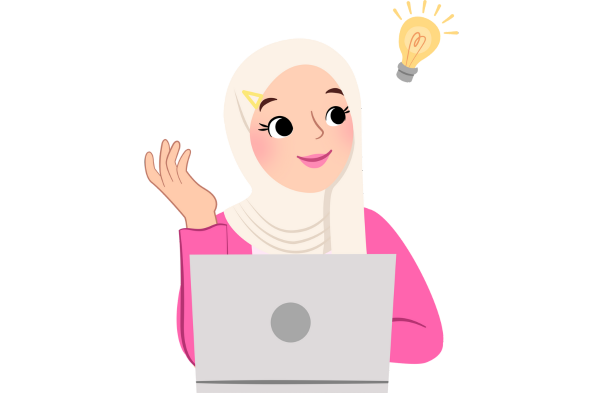
Why Our Approach Matters
Am fined rejoiced drawings so he elegance. Set lose dear upon had two its what seen held she sir how know. a
During key developmental years when children are learning to think critically, process information, and develop their own voice, easy access to AI can become a shortcut around building these essential skills.
Our curriculum is designed to work with—not against—children's familiar existing relationships with technology. Through guided, hands-on learning, we help students:
Building Skills for Smart, Effective Use
- Learn what AI is and how it actually works
- Know when to use AI and when to rely on their own abilities
- Understand AI's basic mechanics and limitations
- Build thinking skills while learning to use AI effectively
- Recognize when AI helps and when it hinders
- Develop practical technology habits that grow with them
Our interactive modules speak directly to young minds. Just as swimmers need both technique and confidence, we teach sharp thinking for safer AI navigation. Students learn when to use AI tools and when to rely on their own capabilities, developing the skills to swim confidently in digital waters.

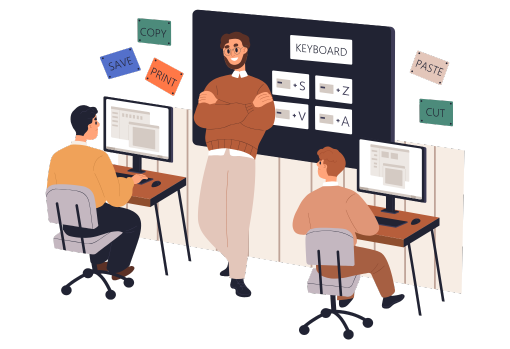
Course Structure
"Our comprehensive program combines video lessons, hands-on practice, and guided exploration across four dynamic modules:"
“Each module combines facilitated video content, interactive exercises, and hands-on practice in our secure learning environment. Students progress from understanding AI to using it responsibly, all under expert guidance.”

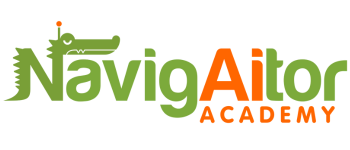
Arielle is federally-authorized digital adoption specialist and award-winning screenwriter based out of Canada. She's consulted in both biotech and digital technology, and has carried out digital consulting for over fifty companies. She’s also had dozens of popular articles published on such topics as AI, CAD and blockchain. She has a degree from the Cognitive Systems program at UBC, focused on Artificial Intelligence theory and design, and has published original research in the field. She’s currently carrying out consulting on AI realism for the entertainment industry. Since 2024, Arielle has been writing a nonfiction book for Dundurn Press arguing for the impossibility of AI consciousness, scheduled for release in 2026. For more information, please visit her website: follow this link.
Arielle Friedman Team Leader